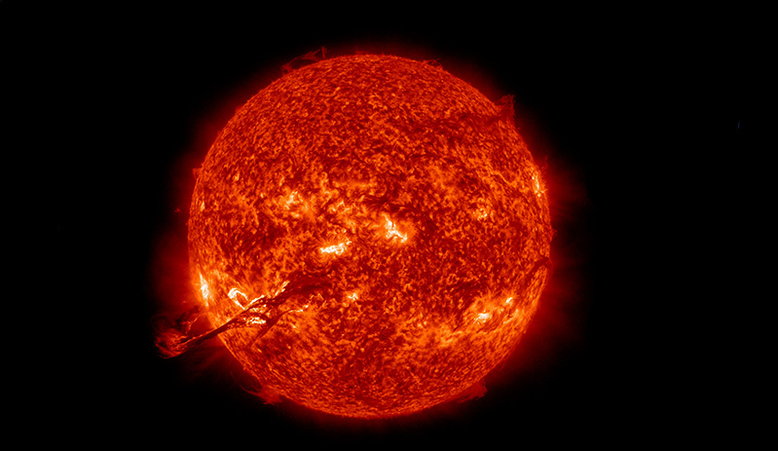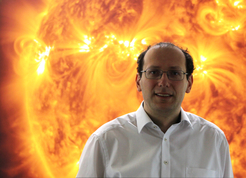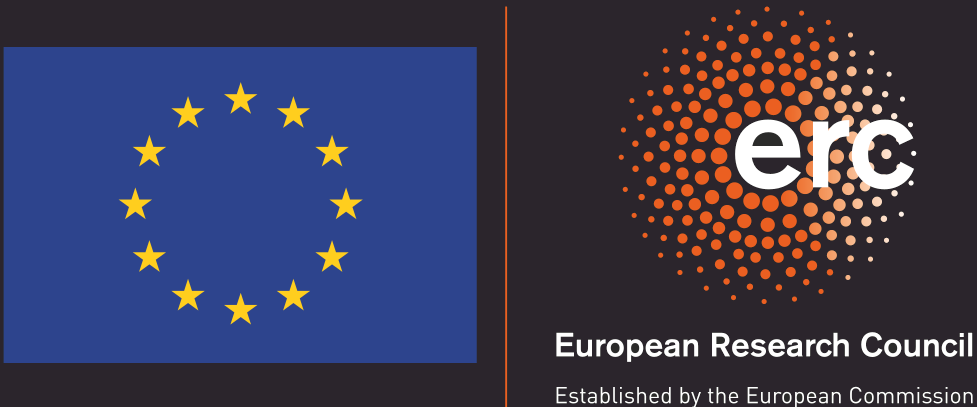-Kozma Prutkov
About me
I have been very lucky to meet a number of extraordinary people. The best way to explain who I am is to write about them.
Being a 14-year old student of 239 high school in Saint-Petersburg, Russia I met Lev Aleksandrovich Panaiotov who transferred my childhood dream to become an astronomer into the real life goal. He has put a lot of confidence in me and gave me many pieces of advice which I'm still using in work and life. Then I met Sergei Nikolaevich Sashov who has shown me the beauty of many physical phenomena. His remarkable curiosity and wish to understand everything in the Universe have become a lifelong example for me.
My luck continued when I joint the Astronomy Institute in the Mathematic and Mechanics Faculty of Saint-Petersburg State University and became a student of Vsevolod Vladimirovich Ivanov. Vsevolod Vladimirovich formed my scientific interests and preferences. He also taught me to be never afraid of complicated problems and tasks.
After graduating from Saint-Petersburg State University I became a PhD-student in the Institute of Astronomy, ETH Zurich ETH Zurich where I had the privilege to work on my thesis "Molecular Processes and Turbulent Magnetic Fields in the Solar Atmosphere" with the world-renowned experts Svetlana Berdyugina, Dominique Fluri, and Jan Stenflo.
After the promotion I joined the Physikalisch Meteorologisches Observatorium Davos as a postdoc and worked under the guidance of Werner Schmutz, who was always around to help me with a good advice but at the same time gave me a lot of freedom and independence. He also saved my marriage by not allowing me to go alone to Rio de Janeiro.
My "adult" life started when I joined the Minerva Group at the Max Planck Institute for Solar System Research as a Marie-Curie fellow and started to work with Natalie Krivova and Sami Solanki. They managed to create a fantastic working environment around them and I'm still feeling fascinated by the number of exciting opportunities at the Institute and the ideas that are flying around. Also the food in the cantine has been gradually improving.
The ERC Starting Grant from the European Research Council allowed me to set up my own Research Group. I had to use a number of tricks and buzzwords (e.g. describing a fortran 66 code as a "state-of-the-art") to attract a number of talented and motivated people. They challenge me every day with nice ideas and tricky questions. From time to time some of them also bring chocolade.
Research Interests


